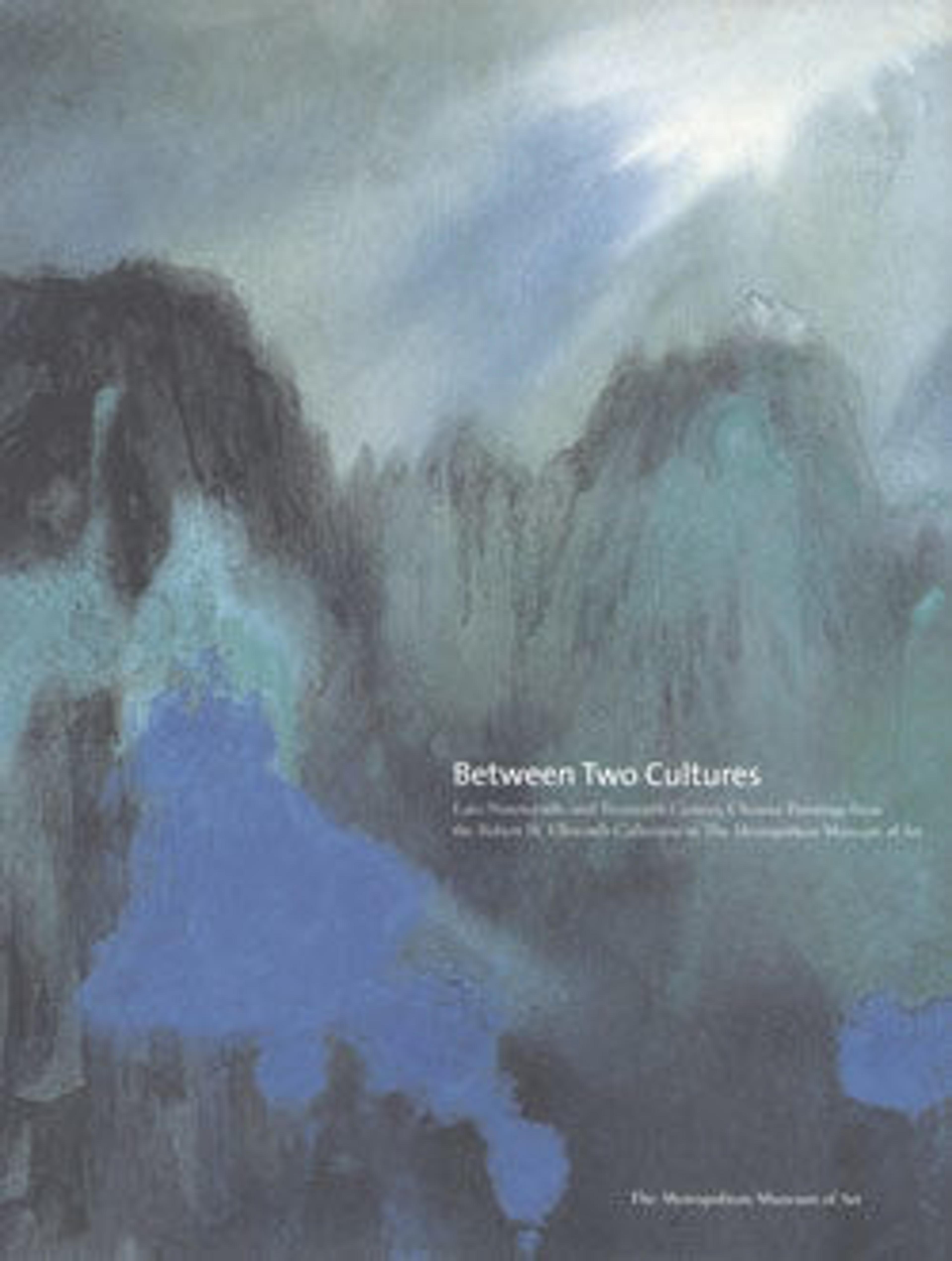Playing the Qin and Watching Geese in Flight
Fu Baoshi's growing sense of isolation as the political situation worsened in 1948 is apparent in this painting, which he did in Nanjing in March of that year. The depiction of a scholar strumming a zither at the edge of a desolate flood plain crisscrossed with waterways was inspired by the story of Boya, a legendary zither player whose teacher brought him to the island of the immortals in order to teach him how to play expressively. In Fu's interpretation, the figure of Boya is silhouetted against a marshy expanse, while his servant, huddled against an embankment, appears oblivious to his master's playing. A delicate formation of descending geese, suspended in the moist atmosphere, evokes the fleeting tones of Boya's music. The figure's erect posture may signal Fu's resolve to continue working, even in the face of an uncertain future.
Artwork Details
- 近代 傅抱石 揮弦送鴻圖 軸
- Title: Playing the Qin and Watching Geese in Flight
- Artist: Fu Baoshi (Chinese, 1904–1965)
- Date: dated 1948
- Culture: China
- Medium: Hanging scroll; ink and color on bark paper
- Dimensions: 14 1/4 x 23 3/4 in. (36.2 x 60.3 cm)
- Classification: Paintings
- Credit Line: Gift of Robert Hatfield Ellsworth, in memory of La Ferne Hatfield Ellsworth, 1986
- Object Number: 1986.267.278
- Curatorial Department: Asian Art
More Artwork
Research Resources
The Met provides unparalleled resources for research and welcomes an international community of students and scholars. The Met's Open Access API is where creators and researchers can connect to the The Met collection. Open Access data and public domain images are available for unrestricted commercial and noncommercial use without permission or fee.
To request images under copyright and other restrictions, please use this Image Request form.
Feedback
We continue to research and examine historical and cultural context for objects in The Met collection. If you have comments or questions about this object record, please contact us using the form below. The Museum looks forward to receiving your comments.
